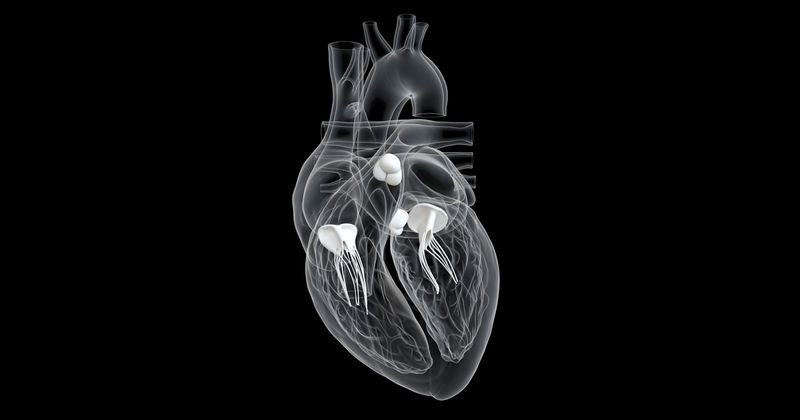Maryland all-payer model did not reduce TAVR utilization, decrease 30-day readmissions
Key takeaways:
- Maryland’s all-payer model did not impact TAVR utilization compared with New Jersey.
- TAVR-related readmissions did not decline after the reform was implemented.
A statewide, all-payer globally budgeted system implemented in Maryland in 2014 did not impact utilization of transcatheter aortic valve replacement or reduce 30-day readmissions after TAVR compared with New Jersey, data show.
Maryland’s all-payer, globally budgeted system provides a unique case study of TAVR economics, Stefano Schena, MD, PhD, of the department of cardiothoracic surgery at the Medical College of Wisconsin, and colleagues wrote in Catheterization and Cardiovascular Interventions. Under Maryland’s system, global hospital budgets incentivize cost‐effective care that optimizes clinical outcomes. The state model also committed to reducing Medicare 30‐day readmission rates through initiatives such as the Readmissions Reduction Incentive Program.

Image: Adobe Stock
“Implementation of the all-payer Model in Maryland, therefore, engendered much concern among providers that global budgets and readmission penalties would discourage use of high‐cost procedures with high readmission rates, such as TAVR,” Schena and colleagues wrote. “Physician focus group participants specifically felt that the global budget reform had resulted in hospital leadership discouraging TAVR procedures.”
In a retrospective study, Schena and colleagues analyzed data from all Medicare beneficiaries in Maryland and New Jersey who underwent aortic valve replacement between July 2012 and December 2018, using the New Jersey data for comparison.
The researchers assessed TAVR utilization using difference‐in‐differences analyses to investigate readmissions after TAVR.
Between July 2012 and December 2018, 13,169 Medicare patients underwent aortic valve replacement in Maryland, of whom 15.4% underwent TAVR. Between July 2012 and December 2018, 11,623 Medicare patients underwent aortic valve replacement in New Jersey, of whom 20.2% underwent TAVR.
During the first year of payment reform in 2014, TAVR utilization among Maryland Medicare beneficiaries dropped by 8% (95% CI, 9.2 to 7.1; P < .001), with no concomitant change in TAVR utilization in New Jersey (0.2%; 95% CI, 0-1; P = .09). “Longitudinally, however, the all-payer model did not impact TAVR utilization in Maryland compared with New Jersey,” the researchers wrote.
In difference‐in‐differences analyses, researchers found that implementation of the all-payer model was not associated with significantly greater declines in 30‐day readmissions after TAVR in Maryland vs. New Jersey (2.1%; 95% CI, 5.2% to 0.9%; P = .1).
“Despite a decrease in TAVR utilization within the first year of all-payer model implementation, we ultimately found that global budgeting did not longitudinally impact TAVR utilization or adoption of TAVR across a variety of hospital types in Maryland,” the researchers wrote. “In fact, even after the implementation of the all-payer model, we found that TAVR utilization by Medicare beneficiaries continued to increase in Maryland, mirroring trends seen in New Jersey. However, there was an immediate policy effect: TAVR utilization significantly declined in Maryland within the first year of All Payer Model implementation. This may have represented a learning curve for Maryland hospitals, as they adapted to global budgeting.”
The researchers noted that the findings can help inform the national scale‐up of such payment reform measures.
